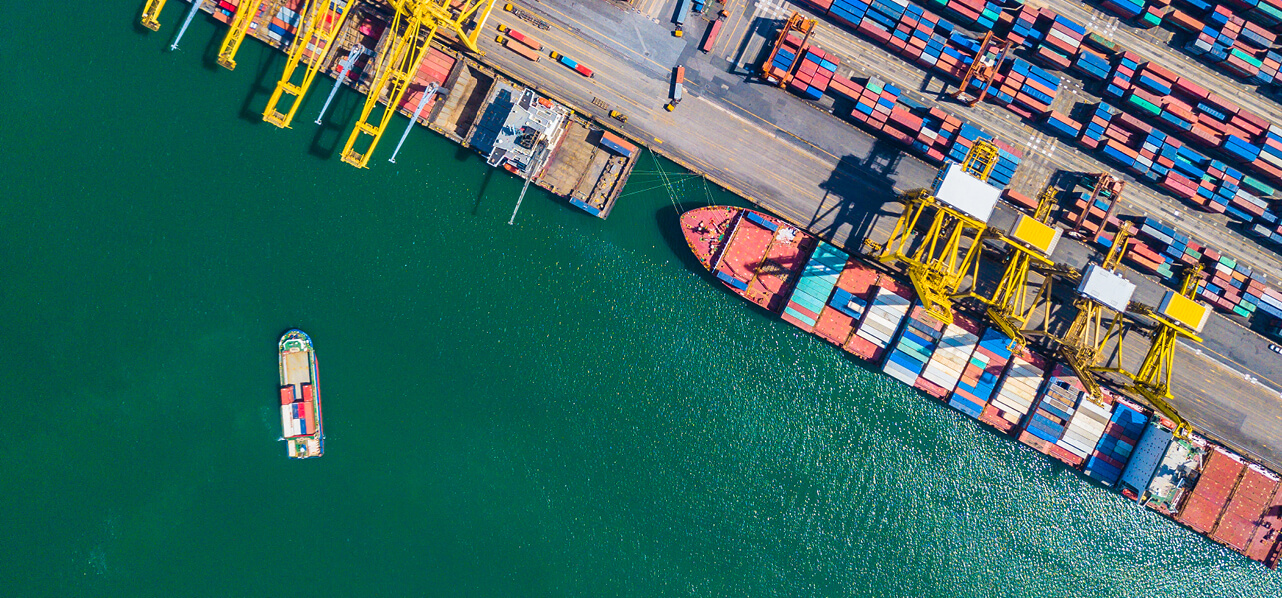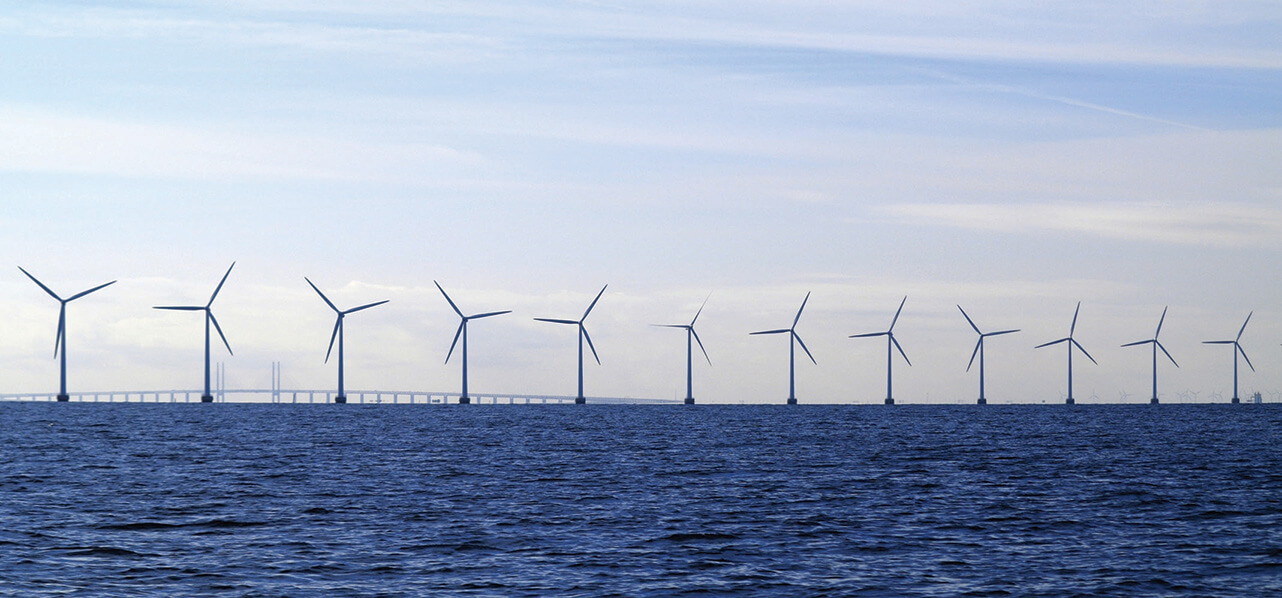Partner Hanoi
"There are a number of changes in the Revised Draft Master Plan VIII, in particular regarding quotas for renewable energy."
There are a number of changes in the Revised Draft Master Plan VIII, in particular regarding quotas for renewable energy. In this article, we focus on what the changes mean for the transition towards renewable energy in Vietnam. We also look at other developments, including the well-publicised announcement by Chinese President Xi to the United Nations on 21 September 2021 that China will cease to build coal-fired power projects overseas.
Coal
Electricity generation in Vietnam has traditionally been heavily reliant on coal-fired power stations. We set out below the proposed capacity for coal-fired power plants (in a base scenario) in the Master Plan VII Revised, the First Draft Master Plan VIII and the Revised Draft Master Plan VIII:
| Master Plan VII Revised (MW) | First Draft (MW) | Revised Draft (MW) | |
|---|---|---|---|
| 2030 | 55,300 | 37,573 – 40,033 | 40,899 |
| 2045 | N/A | 50,168 – 58,723 | 50,949 |
"Due to the various challenges relating to LNG/gas and renewables in Vietnam, it remains clear that coal will continue to form a part of the country’s energy mix in the future, despite various challenges and concerns."
Vietnam is not planning any new coal-fired power plants prior to 2030, however, the proposed capacity up to 2030 includes a number of projects that are in development or the advanced stages of planning, including some that are yet to achieve financial close. Due to the various challenges relating to LNG/gas and renewables in Vietnam, it remains clear that coal will continue to form a part of the country’s energy mix in the future, despite various challenges and concerns discussed below.
It is well known that developed countries will no longer finance coal-fired power stations and, as a result, a number of coal projects currently being in developed were seeking Chinese financing. In this context, the recent announcement by President Xi that China will cease to support overseas coal-fired power projects will have a significant impact on developing and financing coal-fired power projects in Vietnam.
The exact details of the Chinese withdrawal are not yet clear. In particular, it is uncertain when the decision will take effect, what the grace period or transitional period will be if any, and whether there will be an exemption for existing projects that are in the planning or construction phase.
There are a number of key points to consider:
- While we understand that Vietnam remains committed to reducing its carbon dioxide output, it will, in common with other emerging jurisdictions, balance this against its requirements for affordable and reliable energy sources to run as its base load and fuel its growth as an industrial nation. As an emerging market, the electricity tariff is lower than those in developed countries. The global fluctuations in the LNG price this year have re-enforced concerns that Vietnam cannot solely rely on LNG as the only source for its thermal power plants due to the risk of said price fluctuations having a massive impact on the domestic tariff which is not yet linked to international price indices.
- One of the largest sectors for foreign direct investment in Vietnam is manufacturing. Dependable energy will be key to continuing to attract overseas manufacturers.
- With other nations reluctant to finance coal-fired power projects, if China also stops investing in overseas coal-fired power projects immediately, several projects in the Revised Draft Master Plan VIII will be adversely affected.
- It would be helpful to Vietnam if other nations were to support more advanced cleaner coal technologies (ultra-super-critical) as part of Vietnam’s transition towards cleaner energy sources. It is noted that post-2030, the Revised Draft Master Plan VIII gives priority to coal-fired power plants that use advanced, cleaner technology.
- Converting planned coal-fired power stations to other sources (for example LNG or natural gas) will be costly and time consuming.
"It would be helpful to Vietnam if other nations were to support more advanced cleaner coal technologies (ultra-super-critical) as part of Vietnam’s transition towards cleaner energy sources."
Renewables
The development of renewable energy sources is still prioritised in the Revised Draft Master Plan VIII. However, compared to the First Draft, the Revised Draft shows a significant decrease in quotas for wind power and solar sources. The projected amount for offshore wind is only 2,000 MW as of 2030 which is far below the capacity for offshore wind projects proposed in the First Draft. The figures are illustrated below:
| First Draft (MW) | Revised Draft (MW) | |
|---|---|---|
| Wind power (onshore and near shore) | ||
| 2025 | 11,320 – 18,480 | 11,458– 12,208 |
| 2030 | 16,010 – 24,294 | 11,820 – 12,470 |
| 2045 | 39,610 – 40,680 | 27,110 – 32,720 |
| Wind power (offshore) | ||
| 2025 | 0 | 0 |
| 2030 | 3,000 – 5,000 or more where suitable | 2,000 or more where suitable |
| 2045 | 21,000 – 36,000 | 21,000 – 36,000 |
| Solar Power | ||
| 2025 | 17,240 – 26,240 | 16,990 – 18,040 |
| 2030 | 18,640 – 31,664 | 18,390 – 21,390 |
| 2045 | 55,090 – 71,890 | 51,540 – 63,640 |
We note that this new Master Plan VIII sets out the total capacity for each renewable energy type allocated by region, rather than specifying projects to be approved into master plan.
"The Revised Draft includes provision for storage technology, as well as other technology such as LNG-fired I.C.E. power plants, that can be used flexibly on demand to meet shortfalls at peak times, but the necessary legislation is still under development."
Without unduly speculating on the reasons for this reduction, there are a number of important points to consider:
- It is understood that renewables alone cannot provide a base load to meet demand and the technology needed to mitigate this risk, such as batteries, remain under development. The Revised Draft includes provision for storage technology, as well as other technology such as LNG-fired I.C.E. power plants, that can be used flexibly on demand to meet shortfalls at peak times, but the necessary legislation is still under development.
- The feed-in-tariff (“FiT”) for solar projects (which expired on 31 December 2020) was oversubscribed. A significant number of said projects are located in a small number of provinces with suitable meteorological conditions. This has compounded issues with the electricity grid and has resulted in high curtailment for solar projects in the south of Vietnam where most renewable projects are located.
- Grid connectivity issues will also impact offshore wind (where the majority of potential sites are located in southern provinces with good wind speed). Grid improvement work would be costly at a time when Vietnam Electricity (EVN) is under pressure to keep electricity prices low as a result of Covid-19 and to counter inflation. The private financing of grid connections is one potential option topromote development.
- International lenders do not think the standard PPA for renewables in Vietnam published by EVN and MOIT is bankable. Although bankable structures can be created for solar and onshore wind projects (for example by working with local banks or using limited recourse guarantees), this is not possible for large scale offshore wind projects.
- We also note that according to a press report 30 September 2021, the FiT for wind power projects, which is due to expire on 31 October 2021, will not be extended, despite the substantial risk of delays due to the impact of the Covid-19 pandemic. All projects commencing their construction after 31 October 2021 will likely to be subject to a bidding regime. According to the press report, there will be a transition mechanism for projects failing to achieve the Commercial Operation Date (COD) by 31 October 2021 due to Covid, though no FiT will be available. It is not known what the transition mechanism will entail.
- The proposed Direct PPA programme allowing consumers to purchase electricity direct from renewable energy producers shows promise, but this is still only a pilot and concerns relating to grid connectivity and dispatch priority remain. In addition, the short construction period permitted by the draft DPPA legislation (nine months to reach COD) means that the Direct PPA programme is at this stage only suitable for solar projects.
Gas
The combined quota for LNG and natural gas in both the First Draft and the Revised Draft is set out below:
| First Draft (MW) | Revised Draft (MW) | |
|---|---|---|
| 2030 | 28,733 | 27,471 –32,271 |
| 2045 | 66,504 | 61,683 – 88,533 |
"LNG and natural gas will undoubtedly form a major part of the energy mix in Vietnam."
LNG and natural gas will undoubtedly form a major part of the energy mix in Vietnam, but we note the following challenges:
- as noted above, surging global gas prices have highlighted the risk of relying solely on one fuel source;
- there are press reports of delays to Vietnam’s Blue Whale natural gas project; and
- to date there are no precedent LNG-to-power projects in Vietnam. Together with changes in the relevant Vietnamese laws as of 1 January 2021, agreeing a bankable framework for the development of LNG-to-power projects in Vietnam will be challenging (see our recent article linked to above).
Conclusions
The Revised Draft Master Plan VIII comes at a crucial juncture and will set the agenda at a time when Vietnam will be balancing the competing demands of expanding its industrial potential and transitioning from coal to renewable energy sources.
The challenges facing Vietnam are far from unique and are equally applicable to other emerging nations. As a fast-growing industrial nation generally considered as investable by major international players, many eyes will be on Vietnam and how it sets about addressing these issues.
It remains to be seen how Vietnam will navigate these challenges and the level of support provided by other nations will be important. In particular, it is not clear whether larger countries will consider the affordability of the source of energy and Vietnam’s medium term energy demands and continue to support Vietnam financially in order to permit it to transition to greener energy sources in the longer-term.
WFW LVN
Associated law firm LVN & Associates in Vietnam, became known as Watson Farley & Williams LVN (“WFW LVN”) in May 2019. We deliver high quality local and international legal services direct from our office in Hanoi where we provide sponsors, project developers and financiers with expert legal advice in the energy sector in Vietnam and across Asia. We advise on project development and financing, analysis of power purchase agreements, share purchase agreements, shareholders agreements, preparation of due diligence and all related commercial and regulatory issues. We can draw upon our extensive experience advising government agencies, Vietnam Electricity (“EVN”) and multinational sponsors on many significant power and infrastructure projects in Vietnam.
WFW Global
Watson Farley & Williams is an international law firm with a focus on the energy, real estate and transport sectors. With offices in Athens, Bangkok, Dubai, Dusseldorf, Frankfurt, Hamburg, Hanoi, Hong Kong, London, Madrid, Milan, Munich, New York, Paris, Rome, Singapore and Sydney, our c. 500 lawyers work as integrated teams to provide practical, commercially focussed advice to our clients around the world.
Key Contacts
Linh Doan is a foreign legal consultant (Vietnam) in the energy & infrastructure group and a Partner of WFW Global LLP, based in our Hong Kong office. She is also head of the firm’s Hanoi office WFW LVN and our Asia projects and corporate group. Linh has over two decades’ experience advising on Vietnamese matters, including foreign investments and project finance. She advises multinational companies with respect to their inbound investments in Vietnam, as well as leading Vietnamese companies on their outbound investments and international financing matters. Her experience covers conventional power, renewables and mining & commodities.
Partner Matt Lorimer is a Partner in WFW’s Energy Group based in our Hanoi office. Matt specialises in a broad range of finance transactions, including project, acquisition finance, ECA-backed and commodity finance. He has a special focus on energy-related transactions, especially in emerging markets, and has advised on some of the largest and most complex finance transactions in South East Asia.





